
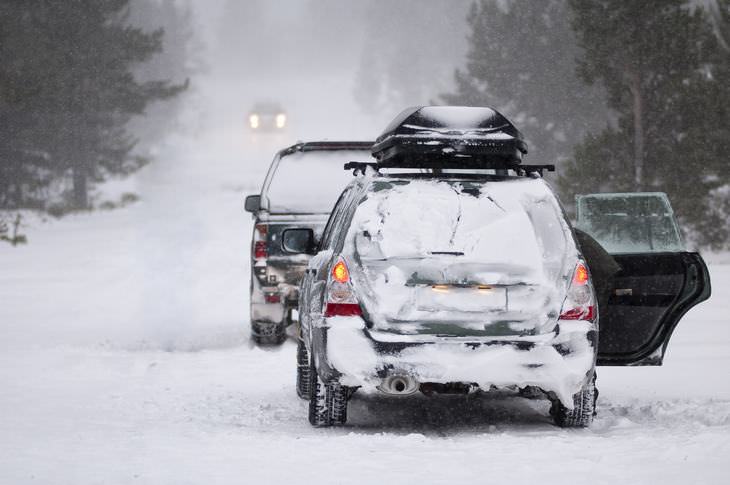
1. Thickening Fluids
When temperatures reach sub-zero levels, car fluids such as antifreeze, oil and transmission fluid will likely thicken or become less viscous. This way, the fluids are more likely to move less freely within your car's systems. To counter this, experts recommend you leave your car engine running for at least 10 minutes to warm up the fluids. You should also consider changing your car fluids before temperatures fall. Maintaining the fluids at recommended levels is advisable.
2. Dead Battery
A dead battery is among the most prevalent of car problems that you are likely to experience in the winter. When temperatures drop below freezing point, your car battery gets overworked. A dead battery can also be caused due to the fact that batteries power a lot of systems in the winter in comparison to other seasons. This includes your car heater and fog headlights. In the long run, the battery's capacity is likely to be diminished. Furthermore, if your car battery is 3 or 4 years old, you should consider purchasing a new one ahead of the cold season. The battery's capacity should be checked to determine whether it can pull through the cold season. This will also help you avoid a host of other car problems associated with dead car batteries.
3. Frozen Fuel Lines
This is a notable car problem that you may encounter in the winter. Your car's fuel lines may freeze during the cold weather because of condensation which tends to form in the gas tank. More so when you run low on fuel. Freezing temperatures may also cause the condensation to freeze preventing the fuel from reaching your car's engine. This may explain why you experience numerous car problems during winter.
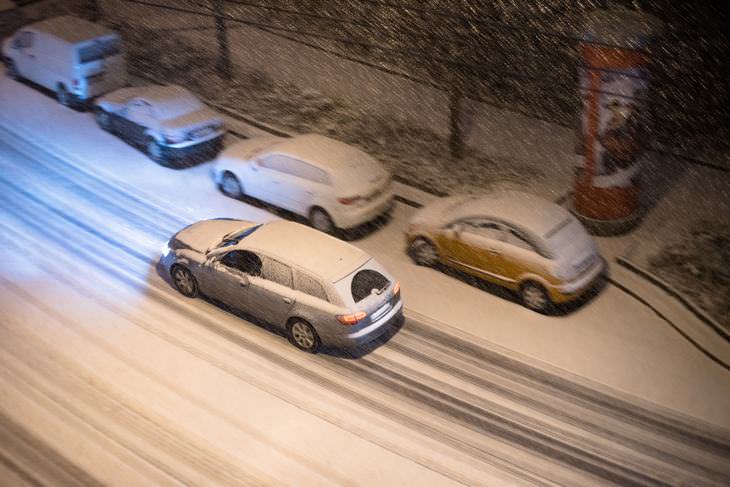
4. Wiper Failure
This common car problem is caused by failure to clear windshields before turning on the wipers. Cold weather, typically characterized by rain and hailstorms causes wiper blades to get torn and transmissions to break. When temperatures dip, it also overrides your washer fluid's freezing point. Because the blades are made from rubber, pressure from snow, slush and ice will likely break them. Set your car's fan controls and heater on defrost overnight to prevent wiper failure and other related car problems when temperatures fall below freezing point. This lowers the chances of broken knobs and switches.
5. Tire Pressure
When temperatures drop the tire pressure of your car can fluctuate. Tire pressure also decreases when your car is stationary. You should check the tire pressure indicator on your dashboard regularly every time you start your car. This will help you avoid car problems that are related to low or high tire pressure. Normally, such problems lead to irregular wear and tear - this is what shortens the lifespan of your tire. It can also cause a total tire blowout during your drive.
6. Leakages
When water penetrates cracks on the road during winter, pavements tend to chip away, which paves way for the formation of potholes. This tends to happen during constant freeze-thaw cycles. Damage of this sort can also occur to your car when water freezes with your car's steering, engine transmission, and braking systems. This leads to cracks and leakages that ultimately cause total malfunctioning.
Related Articles:
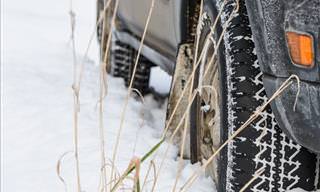
Driving in Bad Weather Needn't Be Dangerous with These Tips
Drive safely in bad weather by bearing in mind these six essential tips.
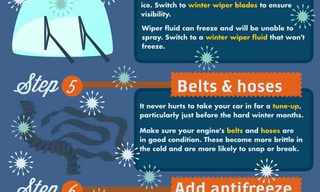
Handy Tips: Prepare Your Car For the Winter!
With November almost breathing down our necks, we are fast approaching that accident prone of all seasons - winter. Take a look!

How Long Can Food Sit in a Hot Car Without Making You Ill?
How long can groceries last in a hot car without making you feel sick?

You're Just Two Steps Away from Completely Waterproof Shoes!
With this simple guide, you'll learn how to easily waterproof your fabric shoes and walk in the rain without fear of your feet getting wet!
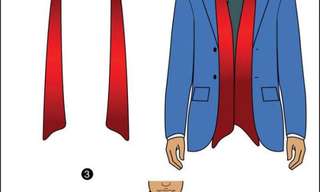
Winter is Here: 11 Ways to Tie Your Scarf!
Here are 11 different ways to tie that scarf that are easy while also looking good!
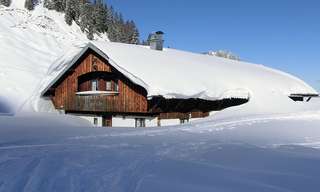
11 Tips to Help You Winter-Proof Your Home
11 easy tips that will help you stay warm without wasting a lot of money this winter.

Some People Have the Strangest Cars...
Photos of some of the most bizarre automobiles you've ever seen.

You Won’t Find Cars Like These At Any Old Car Lot!
These car designs are as impressive as they are crazy and absolutely over-the-top...

Yikes! These Cars Are Truly The Worst Ever Made...
Some cars are a really a blot on the world's roads. From hideous styling, to pathetic performance and alarming safety, these 15 are the worst of the worst.

Is This the Most Luxurious Train in World?
The Japanese train we’re about to show you is unlike any other public transportation you’ve seen.
 10:26
10:26
Top 10 Most Expensive Cars in the World
Let's have a look at the most expensive and luxurious cars in all of 2023.
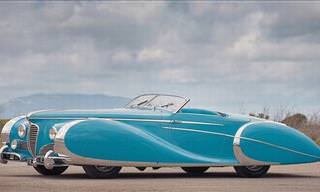
These 12 Beautiful Cars Are Literally One of a Kind
There are only one each of these beautiful, classic cars.

Paul Allen's Collection of WWII Planes Is Staggering!
This amazing group of planes was amassed by billionaire Paul Allen. These incredibly rare WWII fighters can be enjoyed by the general public. Take a look.

Fixing a Car Has Never Been Easier Thanks to This Guide
Discover how to diagnose and fix 16 common car problems thanks to the awesome video guides.

These Ships Were Sailing Long Before You Were Born
Some of the world's oldest ships still capable of sailing the seas today are much older than you'd imagine. Discover the oldest ships still afloat in the world.

15 Stunning Aviation Photos That Inspire Awe
We’ve compiled some of the coolest and most amazing photos of aircraft and aviation that we guarantee you will love.
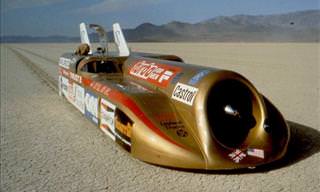
These Remarkable Cars Broke the Land Speed Record!
Having broken the speed of sound, designers are developing a car designed to travel at 1000 mph. Here are the other cars that have broken the land speed record.
 10:08
10:08
This Might Have Been the Strangest Aircraft Ever Built
The Fairey Rotodyn was a remarkable aircraft that could have transformed air travel forever. What happened to it?

These Incredible Racing Cars Take Me Way Back!
Whether we are racing fans or not, certain racing cars are iconic for one reason or another. Here are 14 of the most iconic racing cars of all time.

We Need These 16 Classic Cars Back on the Road!
These classic cars were so cool!

These Are the 10 of the Fastest Trains On the Planet...
Trains are a huge part of how we get things from place to place. But which are the fastest, and why is that?
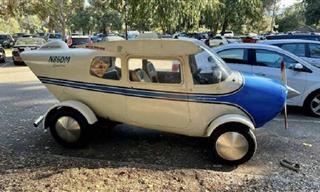
“What Did You Do to Your Car?!” – Bizarre Modifications
These car modifications have gone out of hand!
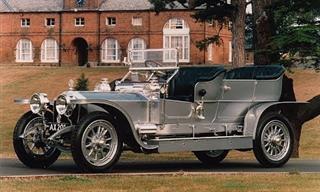 25:07
25:07
A ROYAL History of the Rolls-Royce Car
For 119 years, Rolls-Royce has exemplified a unique blend of creativity, invention, and luxury.
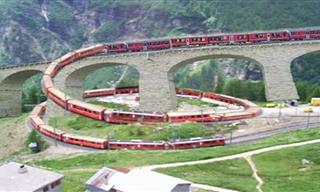 19:21
19:21
You Wouldn’t Have Seen Such Unique Railroads Before
Not all railway tracks are about standard straight lines. Here are the most amazing train tracks from around the world...
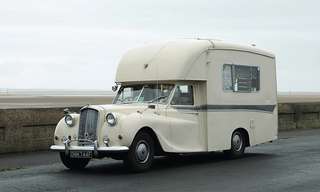
These Timeless Campervans Are Classics of Their Era
There is no greater sense of freedom than hitting the road in a campervan, and some people still prefer to ride in the old classics.

15 of the OLDEST Ships Ever Found
Let’s learn of this early history of seamanship and shipbuilding by admiring 15 of the oldest surviving ships in the world

This Subway Train Has a Beautiful Secret Inside...
What looks like a regular subway from the outside, offers a suddenly luxurious experience inside!
 9:20
9:20
You Feel like Royalty Inside These 10 Exotic Trains
Hop aboard some of the most luxurious train rides of the world in this video.
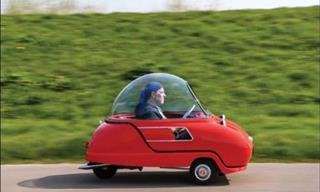
When People Messed With Their Cars… With Bizarre Results
Sometimes people make the weirdest modifications in their cars. Take a look.
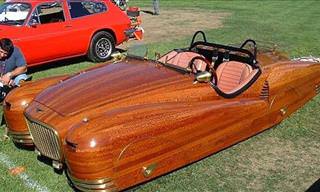
I Thought I'd Seen it All... Until I Saw These Cars...
These owners must have spent a fortune putting their strange creations together on wheels.
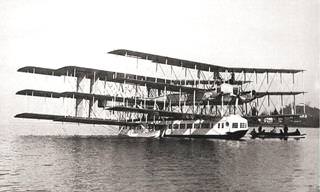
It's Incredible That These Weird Planes Ever Took Flight...
Some very clever men have created some extremely weird vehicles in the past century. In fact, these are probably the most bizarre aircraft ever. Take a look.
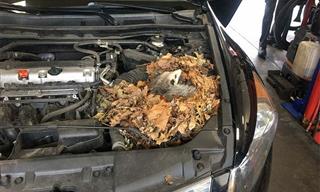
12 of the Weirdest Things Car Mechanics Saw on the Job
Turns out car mechanics regularly spot all kinds of crazy things on the job. Take a look at these 12 highlights
 8:38
8:38
This is One LUXURY RIDE You'll Want to See!
Join us on an awe-inspiring train ride! Japan's Seven Stars Luxury Train is often referred to as the world’s most exclusive train.

James Bond's Best 15 Cars, Boats and Planes!
James Bond is a movie icon, but the super-spy would not have been half as effective without his fleet of luxury vehicles armed with his signature gadgets.

Presenting 15 of the Biggest Airplanes Ever Built
These are the biggest and juiciest airplanes every piloted. I bet you'd love to ride on one of these beauties!
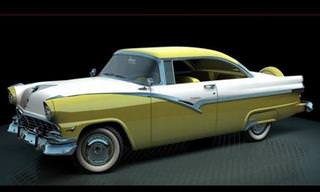
These Cars from the 40s and 50s Are Still Beautiful to Me
These classic US Cars of the 40s and 50s will make you feel nostalgic.

Power & Precision: 10 Incredible Muscle Car Photos
Which one of these classic muscle cars would you like to drive?
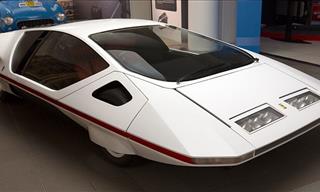
These Cars Were Designed By Some Truly Creative Geniuses!
There have been some truly strange cars seen on the road, but nothing beats these 10 cars designed by major companies to be unique
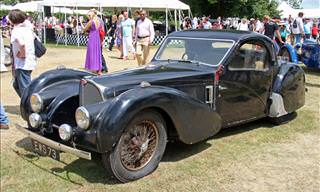
It's Crazy That These Highly Valuable Cars Were Abandoned!
It's incredible to think that these highly valuable cars were forgotten about in garages and barns for so long. Check out these incredible barn find cars.
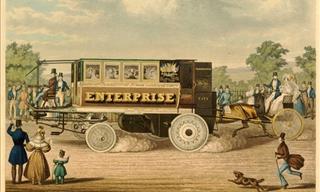
History's 7 Oldest Vehicles You Must Know About
Here is a look at some of history's oldest vehicles. While their designs may not appeal to us today, they certainly have great significance.

7 Beloved Grand Cars Reimagined as Today's Cars
Here’s how some discontinued car models would look if they made a comeback in 2021.
 10:53
10:53
Bakfiets – The Unique Car-Replacement Bicycle
Today, we would like to share with you a unique vehicle that can make commuting around the city much easier.
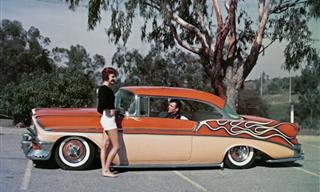
Custom-Painted Vintage Cars of the '50s and '60s
Larry Watson is the inventor of many car-painting patterns you see on the road today. Take a look back on his early works from 1950-1960.
 21:44
21:44
This Daredevil Motorcyclist Will Leave You Petrified!
Get ready to watch one of the most dangerous acts ever performed on TV, as a stunt motorcyclist performs a dangerous routine around Howie Mandel.

Rolling Sculptures: The Most Beautiful Art Deco Cars Ever
The art deco era arguably gave rise to the most beautiful cars ever built. Let's take a journey back in time and see 12 of these extraordinary vehicles.
 9:14
9:14
How Would It Feel To Drive The World's First Car? Find Out
Looking at vintage cars is fascinating, isn't it? Here you will get to see what it feels like to drive the replica of the world's first car.

Meet the World’s Most Advanced and Lethal Fighter Jets
These fighter jets are masters of the skies.


